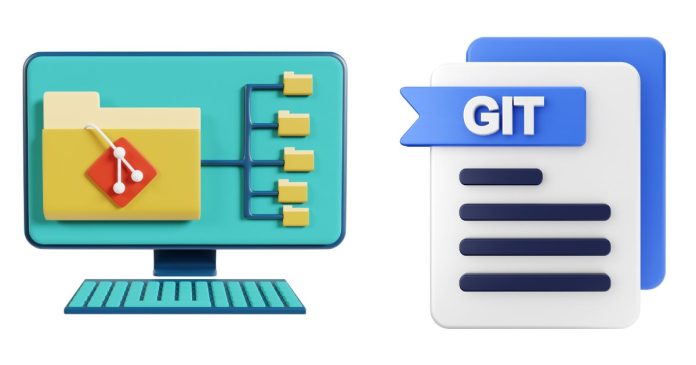If you want to temporarily untrack files from Git without permanently removing them from version control, you can use the .gitignore file in combination with Git commands. Here’s how to achieve this:
Steps to Temporarily Untrack Files
1. Update the .gitignore File
Add the files or directories you want to temporarily untrack to the .gitignore file.
Example:
# Ignore a specific file
file_to_untrack.txt
# Ignore an entire directory
directory_to_untrack/
2. Remove Files from the Staging Area Without Deleting Them
Run the following command to stop tracking the files that are now listed in .gitignore:
git rm --cached <file>
Example:
git rm --cached file_to_untrack.txt
git rm --cached -r directory_to_untrack/
- The
--cachedoption tells Git to remove the file from the staging area without deleting it from your local system.
3. Commit the Changes
After running the git rm --cached command, commit the changes to update the Git repository.
git commit -m "Temporarily untrack files"
4. Restore Tracking Later
When you want to start tracking the files again, you can remove their entries from .gitignore and then re-add them to the repository.
git add <file>
git commit -m "Restore tracking for files"
Temporary Alternatives Without Modifying .gitignore
If you don’t want to modify .gitignore, you can use the following methods:
Using git update-index --assume-unchanged
This tells Git to temporarily ignore changes to a file:
git update-index --assume-unchanged <file>
To track changes again:
git update-index --no-assume-unchanged <file>
Using git update-index --skip-worktree
This is another option for temporarily ignoring a file:
git update-index --skip-worktree <file>
To undo this:
git update-index --no-skip-worktree <file>
Key Points to Remember
- The
.gitignoreapproach is ideal for a semi-permanent solution, especially if you don’t want others to track the files either. --assume-unchangedand--skip-worktreeare temporary and only affect your local repository. They are useful for personal workflows but may lead to confusion in collaborative projects.- Avoid using these methods for files that require frequent synchronization with other team members.
Choose the method that best suits your needs!


